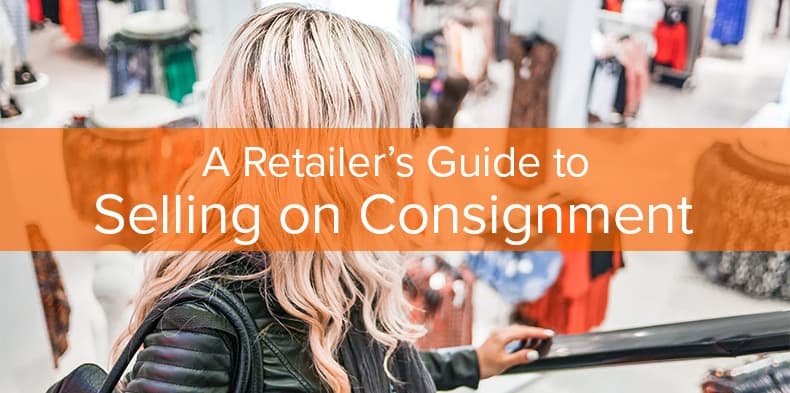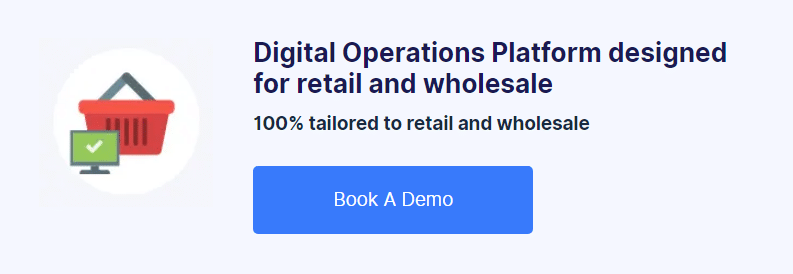What is selling on consignment?
Selling on consignment is when vendors retain ownership of their products and contract with other retailers to store and sell those products. There are loads of articles (‘Selling products on consignment’, ’Consignment’ by Shopify, ‘11 tips when selling through consignment’) out there about consignment selling in traditional retail but barely any are focused on the consignment model in ecommerce. We will focus specifically on the benefits and costs of running a consignment model in ecommerce.
Will it work for my business?
Any business can sell as a consignor or consignee but there are a few common reasons to adopt as both a consignor or a consignee.
When to think about becoming a consignor (putting your inventory in another business):
- Your own retail customers have a strong web presence or sales team, and you don’t
- Your product is unknown or expensive – it can be difficult to convince retailers to tie up their precious cash and space into a product they don’t know or haven’t sold before.
- You have a system in place to effectively support you by tracking your inventory and sales at your retailers. This is imperative to maintain an accurate balance sheet and income statement since you have assets spread across many locations.
Strictly a retailer? Here are some questions to ask yourself when considering becoming a consignee instead (putting another business’ inventory in your store):
- You want to try a new product but can’t risk tying up cash into something that might not sell
- Cashflow is a concern – consignment aligns payment to vendors with when you make a sale, rather than months in advance.
- Your vendor has a reliable and consistent supply chain and will ensure you’re warehouse shelves are never empty.
Brightpearl makes it easy to manage consignments. View a demonstration to find out how it works.
How do I get started?
This isn’t something to rush into and there are a few agreements that need to be made before a consignment model can be adopted:
Payment: Even though all consignment agreements are based on payment to vendor after the sale of a product there are a few different ways retailers can settle their debt.
- Time of sale – every time a consignment item is sold, a payment is made for that item to the consignor
- End of a period – at the end of a week/month/year payments are made for all consignment items sold
- Order to order – the consignee pays for all items on a previous consignment order once they place a new order
Furthermore, some important replenishment questions to consider are:
- Who pays for freight/shipping of consignment items?
- What happens if items are damaged or defective?
- How will inventory levels be communicated? By hand? Email? Integration?
- Who is responsible for the insurance of products?
- Do customers return items to the retailer, or the vendor?
Selling on consignment can be lucrative for all involved but relations can quickly become strained because of poor data around inventory levels.
Brightpearl allows vendors and retailers to:
- Provide live inventory levels
- Accurately track the assets, revenue and costs associated with consignment
With Brightpearl, consignors can:
- Maintain an accurate inventory asset value even with inventory spread across many locations
- Stay on top of their inventory levels across all of their consignments by drawing up a new inventory location to represent each one, including minimum stock levels and reporting for each
- Import orders through spreadsheets or via the API for when things really take off, and use Sales Analysis reports to understand the best performing products and locations
- Track outstanding consignee debt to ensure you’re paid for what was sold
…and consignees can manage processes just as easily by:
- Reordering and receiving stock via purchase orders while correctly accounting for the initial zero cost value of items
- Generate sales analysis reports to understand product performance by vendor
- Include external branding for any stationary or templates to handle any bespoke returns policies
Need advice on how to get set up? Request a callback and one of our retail specialists will get in touch.





